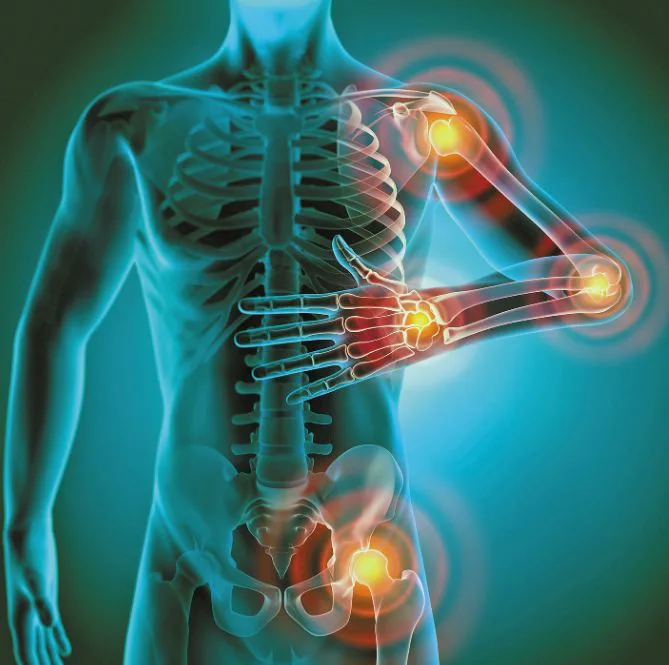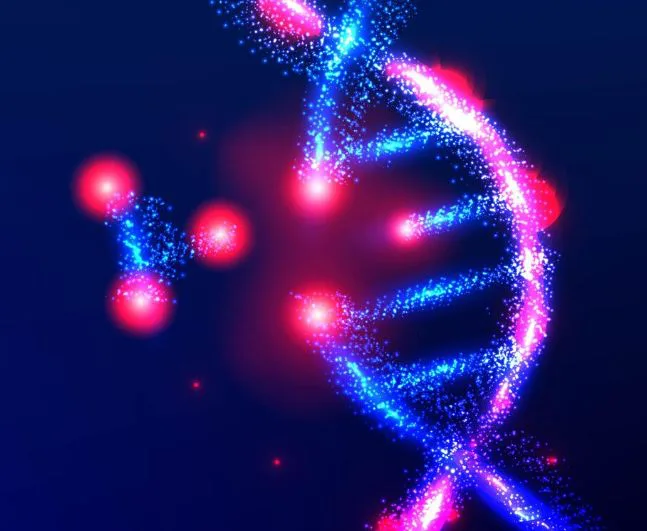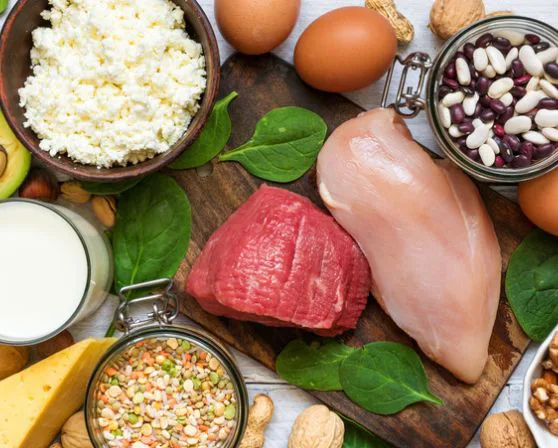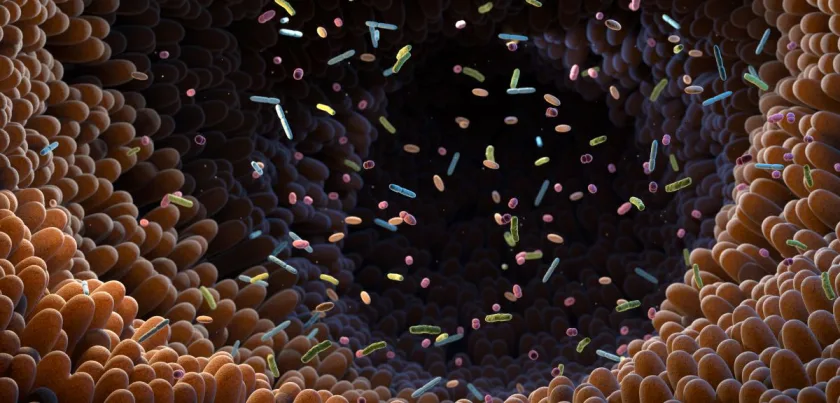
Deep within our stomach, a lively neighborhood thrives. The community is known as the gut microbiome. It is housing hundreds of bacterial species.
The fascinating world of the gut microbiome steps up to shield us from nasty invaders called pathogens.
Details of its protective powers have been a bit fuzzy until now. Scientists have been tackling and exploring which bacterial players hold the secret to its protective magic.
Gut Bacteria is a Defense Against Pathogens
To investigate this, researchers at the University of Oxford tested 100 gut bacteria strains solo and in tag teams.
Each gut bacterium, when in single strain, didn’t do too well at holding back the two harmful pathogens, Klebsiella pneumoniae and Salmonella enterica.
But when these bacteria joined forces in groups of up to 50, the villains grew a thousand times less potent. It’s like when a powerhouse of diverse bacteria are formed, it teams up to dominate the microbial foes.
Community Protection Effect against Pathogens
Inside vials or within germ-free mice, the pathogens were powerless in the face of the collaborative might exhibited by these gut bacteria communities. Researchers call it the ‘community protection effect’.
Scientists conducted experiments to see how these bacteria fared individually and when working together. Turns out, the bacterial ensemble wasn’t just a team; they were microbial superheroes, curbing the growth of the nasty pathogens.
A single bacterial player can only protect when it’s part of the microbiome dream team, said Professor Kevin Foster.
It’s gene-level espionage
Diversity isn’t the only factor; it’s the specific bacterial team members that determine the level of protection, the researchers found.
It’s not a one-bacterium show; even if certain species aren’t standout individuals, they’re the backbone of the community’s protective prowess, as revealed by the team.
Digging into bacterial genes, researchers found the A-team for protection had similar protein compositions to the pathogens they were guarding against.
In other words, the protective bacteria and pathogens crave the same carbon sources, which means they compete for the same nutrients.
This competition creates an environment where neither can easily thrive, acting as a natural defense mechanism.
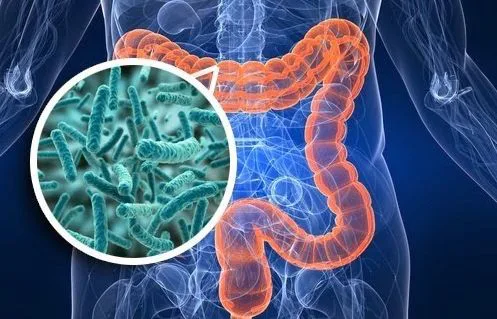
Diversity is a Protector, but Nutrient Overlap is the Powerhouse
According to Frances Spragge from the University of Oxford’s Departments of Biology and Biochemistry, diversity in the microbiome boosts protection against pathogens, but the real game-changer is the overlap in nutrient preferences.
The researchers put the nutrient-blocking principle to the test. They demonstrated how bacterial communities flex their protective muscles against a formidable opponent – an antimicrobial resistant E. coli strain.
In their experiment, communities with high nutrient overlap with the E. coli strain proved up to 100-fold more effective in reducing the pathogen’s abundance compared to those predicted to offer weaker protection.
Frances Spragge and the research squad took nutrient-blocking to the next level. Beyond understanding protection against a single pathogen, they accurately foresaw the strength of bacterial communities facing off against the formidable antimicrobial resistant E. coli strain.
Takeaway
Generally, a less diverse microbiome may lack the checks and balances needed to prevent the overgrowth of potentially harmful species. For instance, after antibiotic treatments, the diversity of gut microbiome species is reduced. Due to which, conducive environment gets created for specific bacterial species, such as K. pneumoniae.
Researchers envision that these interesting insights would surely pave way for innovative strategies in combating harmful gut pathogens by optimizing microbiome communities. After all, a diverse microbiome comes with health perks.
Source: University of Oxford

